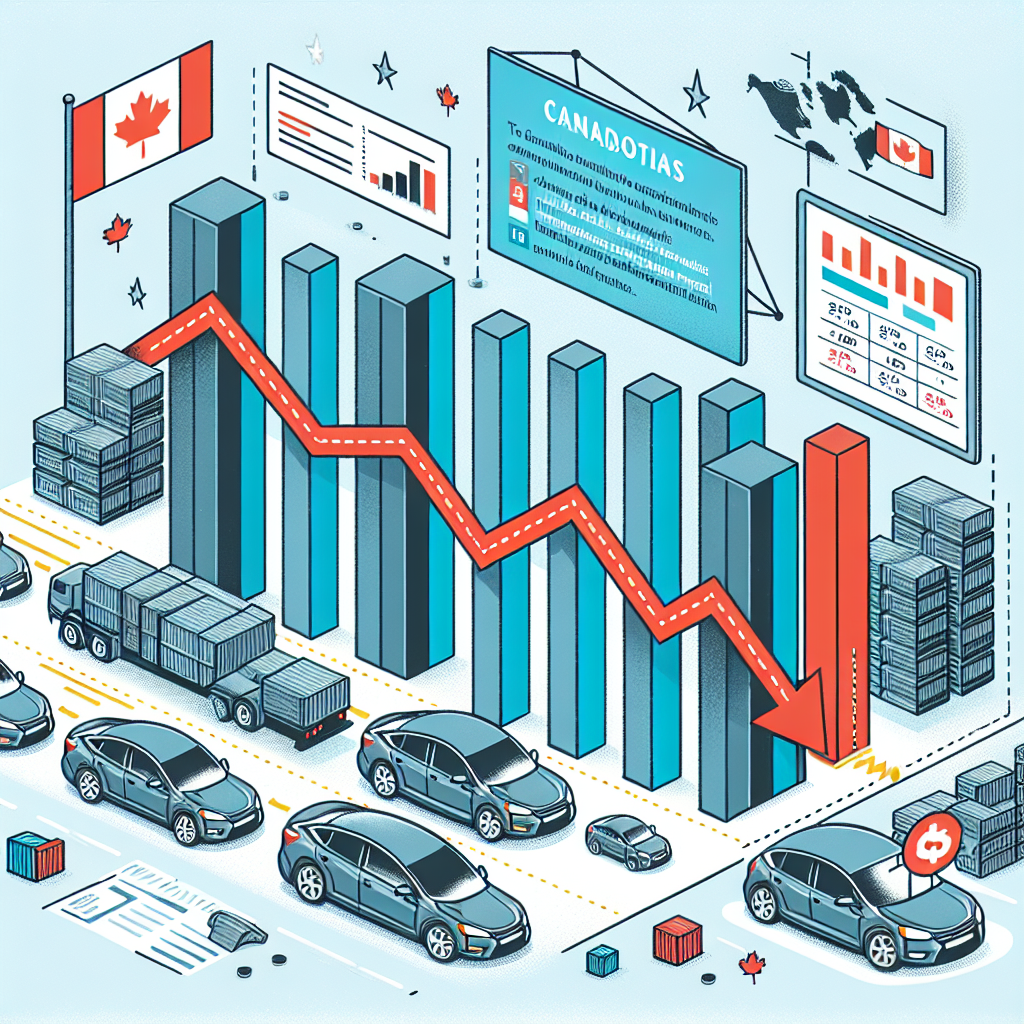The Effect of US Tariffs on the Canadian Automotive Industry
Introduction
The relationship between the United States and Canada is marked by deep economic ties, especially in the automotive sector. Given the complexities of international trade, the imposition of tariffs can significantly influence the dynamics of this bilateral relationship. In this post, we will examine how recent US tariffs on automotive imports have impacted the Canadian automotive industry, including insights derived from market data and expert analyses.
Background on US tariffs
In recent years, the United States has introduced a series of tariffs targeting various import categories, including automobiles and automotive parts. Tariffs, designed to protect domestic industries, can also create ripple effects across neighboring countries, particularly for an economy as intertwined with the US as Canada’s. The current tariff regime raises questions about competitiveness, supply chain stability, and market accessibility for Canadian automotive manufacturers.
Impact on Canadian Automotive Manufacturers
Immediate Challenges
Canadian automotive manufacturers have faced immediate challenges as a result of US tariffs. The cost of exporting vehicles and parts to the US has increased due to added duties, making Canadian products less competitive in price compared to domestic offerings. This has forced many companies to reassess their pricing strategies and consider absorbing some of the additional costs, which may diminish profitability.
- Cost pressures: Increased tariffs could lead to higher retail prices for consumers, which may dampen demand.
- Supply chain disruption: Manufacturers reliant on imported parts are faced with financial strain as tariffs promote isolationist economic policies.
Long-Term Strategic Implications
While short-term results present notable challenges, the long-term implications could be equally significant. Companies may start shifting production facilities to the US in order to circumvent tariffs, leading to job losses in Canada and a potential reduction in domestic manufacturing capacity.
- Investment decisions: A shift in production may also deter future investments in Canadian automotive plants.
- Innovation focus: Companies may pivot toward innovation in electric and autonomous vehicles to differentiate their product offerings away from tariff-affected segments.
Key Insights and Recommendations
Based on insights from the Data Analyst and Market News Monitor agents, here are crucial recommendations for stakeholders in the Canadian automotive industry:
-
Engage with policy frameworks: Stakeholders should actively participate in discussions with lawmakers to advocate for fair trade policies and potential adjustments to tariffs. Building a unified voice can influence policy and protect industry interests.
-
Diversify market exposure: Companies should explore expansion into international markets to reduce reliance on the US market. This includes seeking partnerships in Europe and Asia, where demand for automotive products continues to elevate.
-
Build resilience: Emphasize building flexible supply chains that can withstand fluctuations in tariffs and trade policies.
Conclusion
The impact of US tariffs on the Canadian automotive industry is profound and multifaceted. While the immediate effects pose challenges, they also catalyze opportunities for strategic change and growth. By responding proactively to the evolving trade landscape, Canadian automotive manufacturers can not only weather the storm but also emerge with strengthened market positions.
For more information on the automotive industry and its strategic directions, visit our related articles here.
